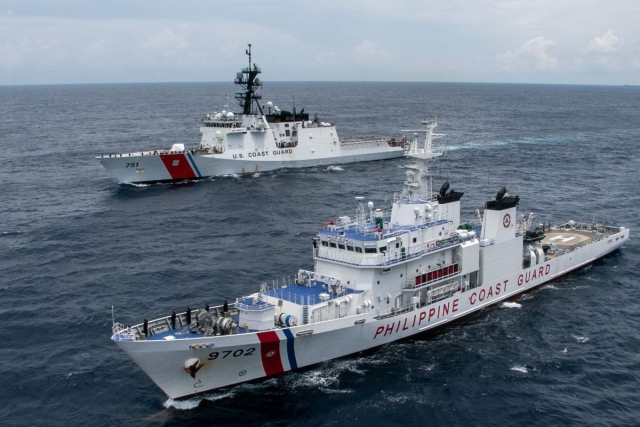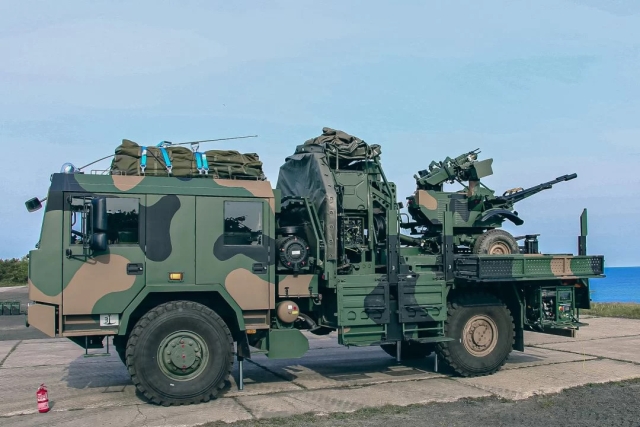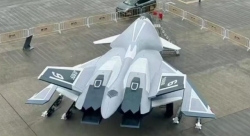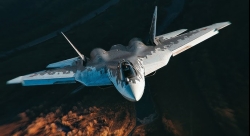European Maritime Surveillance Needs Greater Integration
BRUSSELS --- In a report published today, the European Commission takes the first step towards establishing a comprehensive strategy for integrated maritime surveillance for Europe. The report, in the form of a Commission Staff Working Document, describes the current state of play as regards the surveillance, monitoring, tracking, identification and reporting systems put in place by EU Member States and EU Agencies. It also identifies the next steps to be undertaken and the challenges to be resolved in order to achieve an integrated maritime surveillance network for Europe.>> Such an integrated and cross-sectoral network would provide essential added value for national authorities in handling a range of challenges, such as trafficking in drugs, arms and people, illegal fisheries, pollution, piracy and terrorism. Greater systems integration would also help national authorities in charge of surveillance operations become more efficient and reduce their operating costs over time.>> European Commissioner for Maritime Affairs and Fisheries Joe Borg commented: "For maritime surveillance to work as well as it can, it needs to be comprehensive, cross border and cross-sectoral. We need systems which can draw on all available means. The existing obligations in this area at EU level are many and varied, and our vessel monitoring systems are increasingly sophisticated. However, they tend to monitor a specific area focusing on one single activity instead of having a overall view on the many activities that are simultaneously carried out at sea. . We need to work towards the full interoperability of the various systems, and this new working document identifies precisely what needs to be done next in order to realise that vision.










